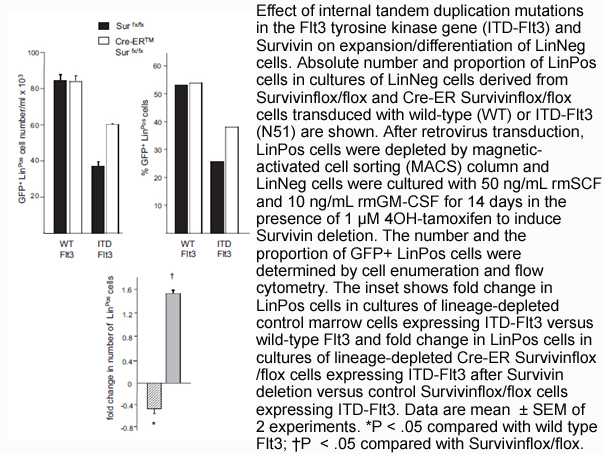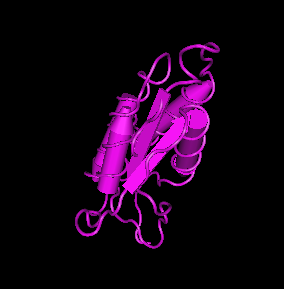GM-CSF, murine recombinant
Granulocyte-Macrophage Colony Stimulating Factor (GM-CSF) is secreted by a number of different cell types (including activated T cells, B cells, macrophages, mast cells, endothelial cells and fibroblasts) in response to cytokine or immune and inflammatory stimulation. It was initially characterized as a growth factor that can support the in vitro colony formation of granulocyte-macrophage progenitors and has functions of stimulates the growth and differentiation of hematopoietic precursor cells from various lineages. GM-CSF has also been reported to have a functional role on non-hematopoietic cells and can induce human endothelial cells to migrate and proliferate. Additionally, it can stimulate the proliferation of a number of tumor cell lines, including osteogenic sarcoma, carcinoma and adenocarcinoma cell lines. Mouse GM-CSF shares 54 % sequences identity with human GM-CSF, but has no biological effects across species. GM-CSF is used as a medication to stimulate the production of white blood cells following chemotherapy and has also recently been evaluated in clinical trials for its potential as a vaccine adjuvant in HIV-infected patients.
Reference:
1. Wang JM, Chen ZG, Colotta F, et al. 1988. Behring Inst Mitt: 270-3
2. 1989. N Engl J Med, 320: 253-4
3. Nissen-Druey C. 1989. Nouv Rev Fr Hematol, 31: 99-101
4. Eager RandNemunaitis J. 2005. Mol Ther, 12: 18-27
5. Tran T, Fernandes DJ, Schuliga M, et al. 2005. Br J Pharmacol, 145: 123-31.
|
Gene ID |
12981 |
|
Accession # |
P01587 |
|
Alternate Names |
Granulocyte/Macrophage Colony-Stimulating Factor, CSF-2, MGI-1GM, Pluripoietin-α |
|
Source |
Escherichia coli. |
|
M.Wt |
Recombinant murine GM-CSF is a 14.1 kDa globular protein consisting of 124 amino acids residues. |
|
AA Sequence |
APTRSPITVT RPWKHVEAIK EALNLLDDMP VTLNEEVEVV SNEFSFKKLT CVQTRLKIFE QGLRGNFTKL KGALNMTASY YQTYCPPTPE TDCETQVTTY ADFIDSLKTF LTDIPFECKK PGQK |
|
Appearance |
Sterile Filtered White lyophilized (freeze-dried) powder. |
|
Stability & Storage |
Use a manual defrost freezer and avoid repeated freeze-thaw cycles. - 3 years from date of receipt, -20 to -70 °C as supplied. - 1 month, 2 to 8 °C under sterile conditions after reconstitution. - 3 months, -20 to -70 °C under sterile conditions after reconstitution. |
|
Formulation |
Lyophilized from a 0.2 μm filtered solution in PBS, pH 7.4. |
|
Reconstitution |
We recommend that this vial be briefly centrifuged prior to opening to bring the contents to the bottom. Reconstitute in sterile distilled water or aqueous buffer containing 0.1 % BSA to a concentration of 0.1-1.0 mg/mL. Stock solutions should be apportioned into working aliquots and stored at ≤ -20 °C. Further dilutions should be made in appropriate buffered solutions. |
|
Biological Activity |
Fully biologically active when compared to standard. The ED50 as determined by a cell proliferation assay using murine FDC-P1 cells is less than 0.05 ng/ml, corresponding to a specific activity of > 2.0 × 107 IU/mg. |
|
Shipping Condition |
Gel pack. |
|
Handling |
Centrifuge the vial prior to opening. |
|
Usage |
For Research Use Only! Not to be used in humans. |
Quality Control & DataSheet
- View current batch:
-
Purity > 98 % by SDS-PAGE and HPLC analyses.
- Datasheet
Endotoxin: Less than 1 EU/μg of rMuGM-CSF as determined by LAL method.
Related Biological Data









